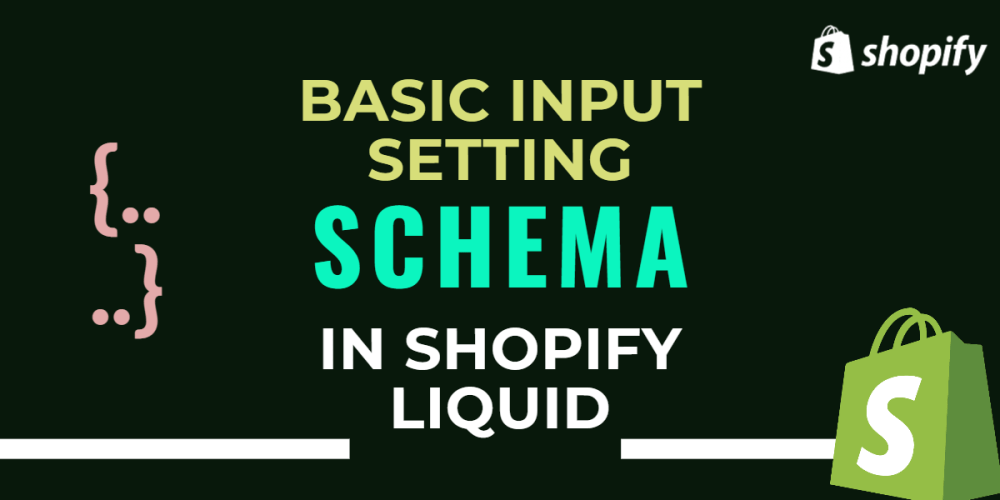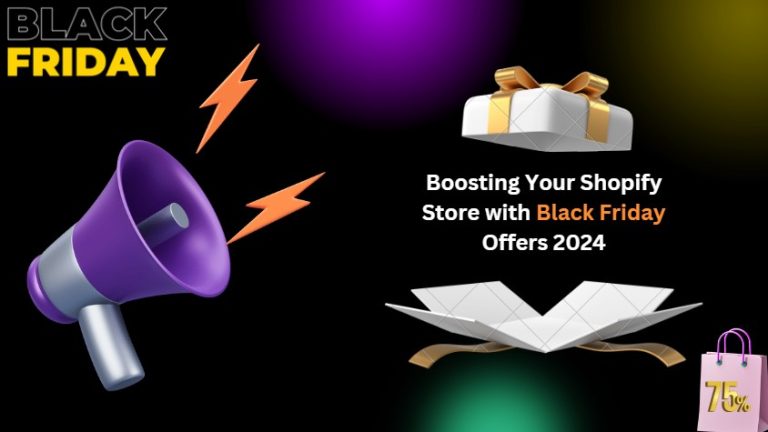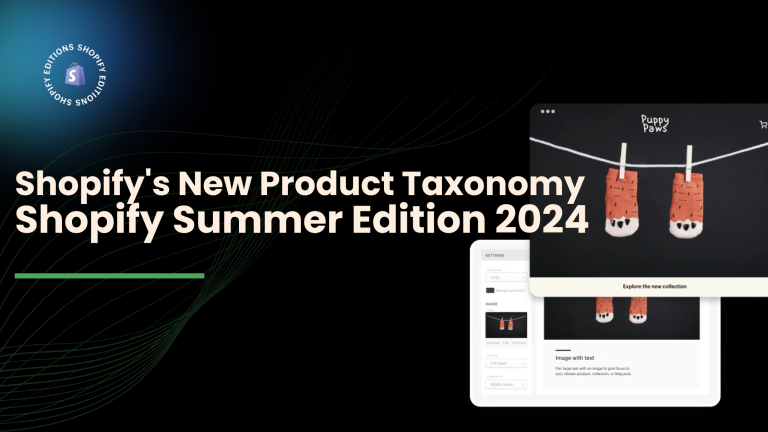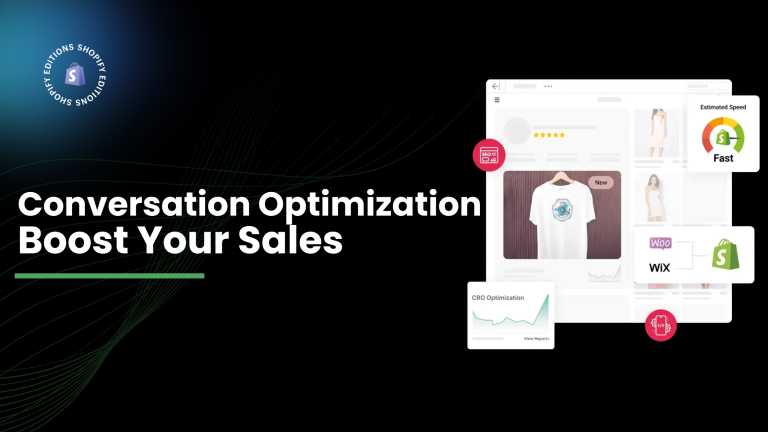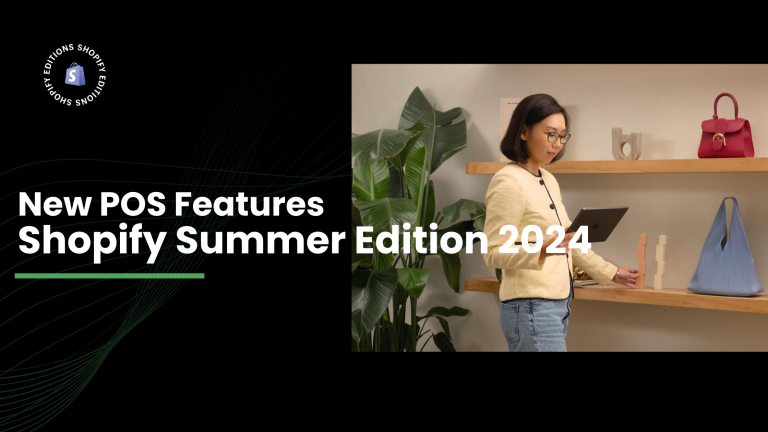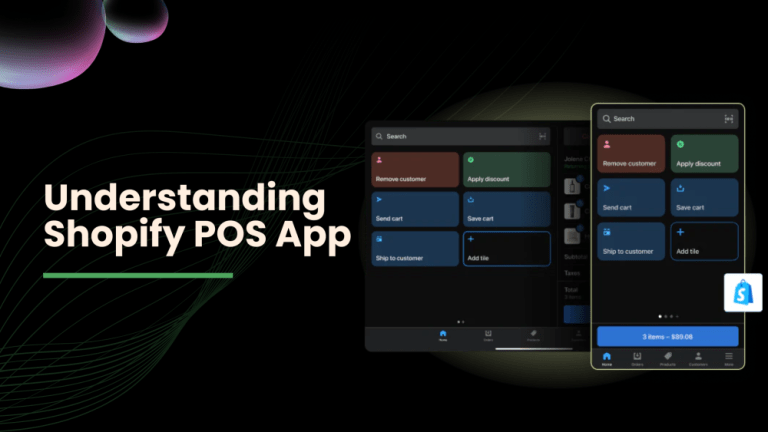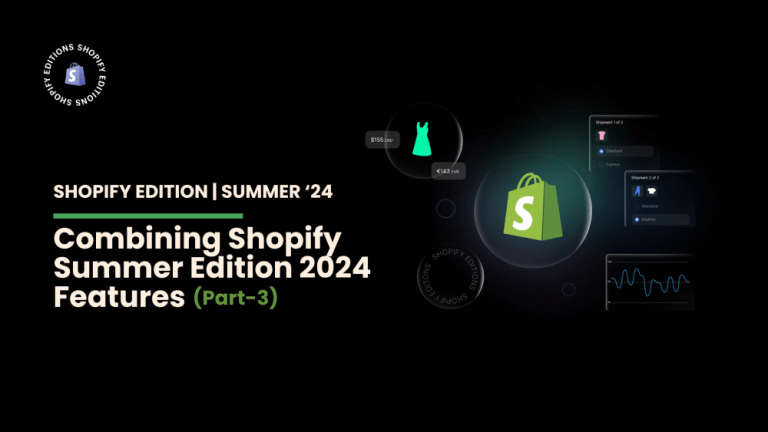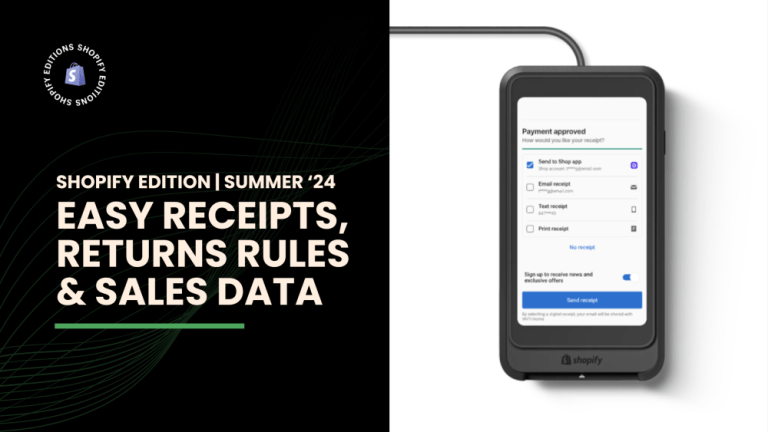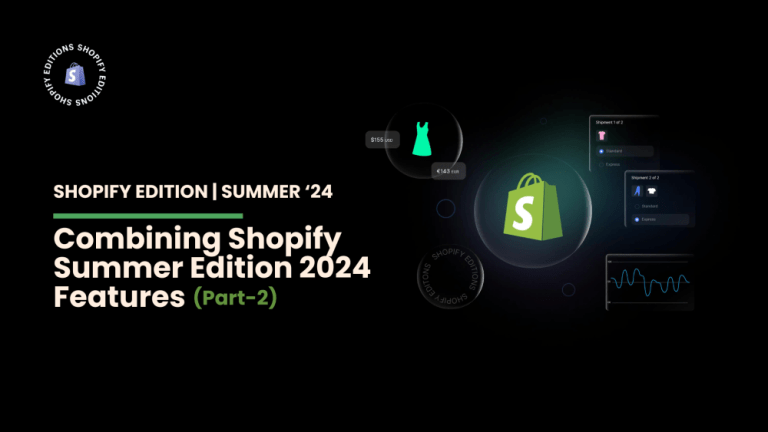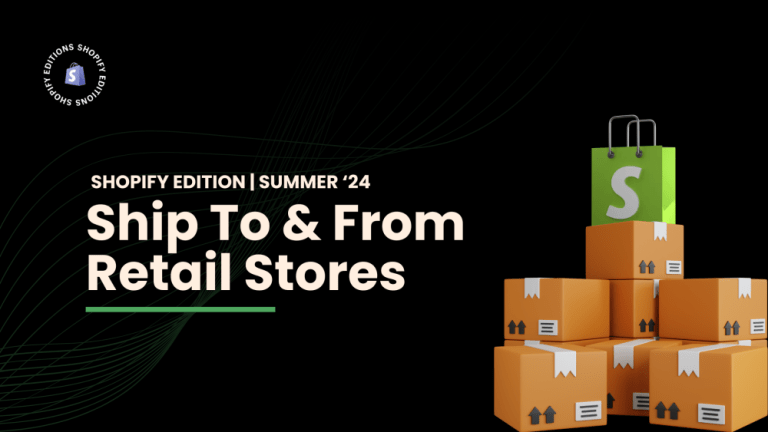There are two types of input settings in Shopify
1) Basic input setting
2) Specializes in input setting
First, we see basic input types:
1. Checkbox
2. Number
3. Radio
4. Range
5. Select
6. Text
7. Textarea
Every input type has basic attributes like:
Type: which defines basic type or specialized type for example “type”: checkbox”–> must be required attributes
Id: which is used in setting values for example “id”: “show_announcement”–> must be required attributes
Label: The setting label, which you want to show in the theme editor.–> must be required attributes
Default: its default value for the setting.–> optional attributes
Info: An option for an informational text about the setting.–> optional attributes
1) Checkbox:
This type is for just one of the values if you want to show the announcement bar or not.
here we the schema of the checkbox is:
if you had the following setting implemented in each Liquid object:
|
{ “type”: “checkbox”, “id”: “show_announcement”, “label”: “Show announcement”, “default”: true } |
Then the following Liquid would generate the following output in Section:
|
{{ section.settings.show_announcement }} |
Retrieve setting values by referencing the setting’s unique id.
2) Number:
A setting of type number outputs a single number field.
|
{ “type”: “number”, “id”: “products_per_page”, “label”: “Products per page”, “default”: 10 } |
Then the following Liquid would generate the following output in Section:
|
{{ section.settings.products_per_page }} |
Retrieve setting values by referencing the setting’s unique id.
3) Radio:
These types are usually used when you want to select multi-options. such as alignment of header logo.
|
{ “type”: “radio”, “id”: “logo_aligment”, “label”: “Logo alignment”, “options”: [ { “value”: “left”, “label”: “Left” }, { “value”: “centered”, “label”: “Centered” }, { “value”: “right”, “label”: “Right” } ], “default”: “left” } |
in the above example, you want to set the logo on the left or center, or right.
The following Liquid would generate the following output in Section:
|
{{ section.settings.logo_aligment }} |
Retrieve setting values by referencing the setting’s unique id.
4) Range:
Define a range control (like a slider control):
let the user specify a numeric value which must be no less than a given value, and no more than another given value.
This is typically represented using a slider
Attributes of the range are:
min: minimum value of range –> must require
max: Maximum value of range –> must require
step: increment size of the number in slider –> must require
unit: The unit for the input.
|
{ “type”: “range”, “id”: “font_size”, “min”: 0, “max”: 20, “step”: 1, “unit”: “px”, “label”: “Font size”, “default”: 1 } |
The following Liquid would generate the following output in Section:
|
{{ section.settings.font_size }} |
Retrieve setting values by referencing the setting’s unique id.
5) Select:
The select provides a menu of options.
using select you can also create drop-down menus so that users can select the value they want.
Attributes of selection are:
options: define each value in the drop-down menu –> must be required.
group: An optional attribute you can add to each option to create option groups in the drop-down.–> not required.
|
{ “type”: “select”, “id”: “vertical_alignment”, “label”: “Vertical alignment”, “options”: [ { “value”: “top”, “label”: “Top” }, { “value”: “middle”, “label”: “Middle” }, { “value”: “bottom”, “label”: “Bottom” } ], “default”: “middle” } |
The following Liquid would generate the following output in Section:
|
{{ section.settings.vertical_alignment }} |
Retrieve setting values by referencing the setting’s unique id.
6) Text:
Define a single-line text field that a user can enter text in.
Attributes:
Placeholder:
A placeholder value for the input.
|
{ “type”: “text”, “id”: “footer_linklist_title”, “label”: “Heading”, “default”: “Quick links” } |
The following Liquid would generate the following output in Section:
|
{{ section.settings.footer_linklist_title }} |
Retrieve setting values by referencing the setting’s unique id.
7) Textarea:
Define a multi-line text field that a user can enter text in.
Placeholder:
A placeholder value for the input.
|
{ “type”: “textarea”, “id”: “home_welcome_message”, “label”: “Welcome message”, “default”: “Welcome to my shop!” } |
The following Liquid would generate the following output in Section:
|
{{ section.settings.home_welcome_message }} |
Retrieve setting values by referencing the setting’s unique id.

